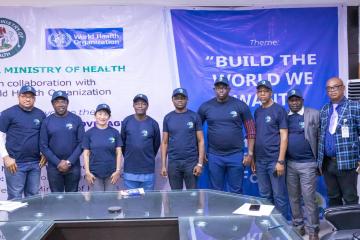
Widespread flooding from Hurricane Helene has created numerous food safety problems. To ensure your family’s safety, use the following tips from the Food and Drug Administration.
- Use bottled drinking water that has not come in contact with flood water.
- Do not eat any food that may have come in contact with flood water.
- Discard any food not in a waterproof container if there is any chance it may have come in contact with flood water. Food containers that are not waterproof include those with screw caps, snap lids, pull tops, and crimped caps.
- Also, discard cardboard juice/milk/baby formula boxes and canned foods at home if they have come in contact with flood waters. They cannot be effectively cleaned and sanitized.
- Do not eat any garden-grown foods that have come into contact with floodwater.
- Inspect canned foods; discard any food in damaged cans. Damage can be shown by swelling, leakage, punctures, holes, fractures, extensive deep rusting or crushing/denting, which is severe enough to prevent normal stacking or opening with a manual, wheel-type can opener.
- Discard wooden cutting boards, plastic utensils, baby bottle nipples, and pacifiers that may have come in contact with flood waters. There is no way to clean them safely.
- Thoroughly wash metal pans, ceramic dishes, and utensils (including can openers) with soap and water (hot water if available). Rinse and sanitize them by boiling in clean water or immersing them for 15 minutes in 1 tablespoon of unscented, liquid chlorine bleach per gallon of drinking water.
- Thoroughly wash countertops with soap and water (hot water if available). Rinse and then sanitize them by applying a solution of 1 tablespoon of unscented liquid chlorine bleach per gallon of drinking water. Allow to air dry.
- If floodwaters submerged your refrigerator or freezer — even partially — it is unsafe to use and must be discarded.
(To sign up for a free subscription to Food Safety News,click here)
Note: This article have been indexed to our site. We do not claim legitimacy, ownership or copyright of any of the content above. To see the article at original source Click Here













